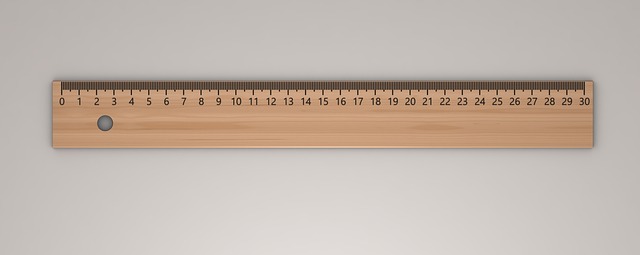Prefabricated and modular construction revolutionizes architecture by crafting buildings in sections off-site, significantly reducing completion times and waste. This method leverages digital platforms for collaboration and design sharing, enhancing efficiency and consistency across projects. By manufacturing components in a controlled environment, prefabrication ensures higher quality control and minimizes errors. Modular buildings, with their repeated sections, enable precise integration into complex forms, ideal for rapid deployment like temporary structures or emergency shelters. Architectural drafting and design play a crucial role in this process, creating detailed technical drawings that streamline construction, improve communication, and guarantee aesthetic and functional excellence while adhering to building codes.
In today’s fast-paced construction industry, prefabricated and modular building methods are revolutionizing construction processes. This article explores how architectural drafting and design play a pivotal role in streamlining these innovative approaches. We delve into the definition and benefits of prefabrication and modularity, highlighting their advantages over traditional methods. Understanding key considerations for efficient drafting practices ensures successful implementation, with advanced tools and software enhancing design accuracy and communication. Case studies demonstrate the remarkable outcomes of modular building solutions, showcasing their flexibility and scalability in meeting modern construction demands.
Understanding Prefabricated and Modular Construction
Prefabricated and modular construction involves creating buildings in sections or modules, which are then transported to the construction site and assembled. This method contrasts with traditional on-site building, where structures are constructed piece by piece as they go up. In architectural drafting and design, prefabrication leverages modern technology to streamline the process, enabling quicker project turnaround times and reduced material waste.
Modular buildings are designed for flexibility and reusability, making them an attractive solution for temporary or adaptable spaces. The approach allows for standardized components that can be easily interchanged, ensuring consistency across different projects. This method of construction also facilitates collaboration between architects, engineers, and builders, as designs can be refined and shared digitally, leading to more accurate and efficient building drafts.
– Definition and benefits
Prefabricated and modular building construction is a cutting-edge approach that involves creating sections of a structure off-site, in a controlled environment, and then assembling them on the final location. This innovative method streamlines the entire process from architectural drafting and design to completion, offering numerous advantages over traditional building practices.
By adopting this strategy, builders can significantly reduce construction time, minimise site disruption, enhance efficiency, and lower overall project costs. The precision involved in prefabrication ensures higher quality control during production, resulting in structures that are more durable and consistent. This method is particularly beneficial for complex projects, as it allows for better coordination among various trades and simplifies the management of materials and labour.
– Comparison with traditional construction methods
In the realm of architectural drafting and design, prefabricated and modular building methods offer a stark contrast to traditional construction practices. While conventional methods often involve on-site assembly with extensive labour and material wastage, prefabrication streamlines the process by crafting components in a controlled environment. This approach not only reduces construction time but also minimises errors and enhances quality control.
Modular buildings, constructed using repeated sections or modules, further optimisation. These modular units can be designed to integrate seamlessly, creating complex architectural forms with precision. This method is particularly advantageous for projects requiring rapid deployment, such as temporary structures or emergency shelters, where traditional construction might be impractical or time-consuming.
The Role of Architectural Drafting and Design
Architectural drafting and design play a pivotal role in the world of prefabricated and modular building construction. This meticulous process involves creating detailed technical drawings and plans that serve as the blueprint for the entire project. Skilled architects and drafters utilize specialized software to envision and translate designs into tangible structures, ensuring precision and efficiency from concept to completion.
The architectural drafting and design phase is crucial in streamlining construction processes. It facilitates effective communication among stakeholders, including clients, builders, and engineers. Well-prepared plans enable better cost estimation, material procurement, and resource allocation, minimizing delays and budget overruns. Moreover, these detailed drawings ensure that the final product aligns with aesthetic and functional requirements, resulting in high-quality, code-compliant buildings.
Prefabrication and modular construction are transforming the building industry, offering streamlined, efficient processes that benefit both builders and clients. By leveraging advanced architectural drafting and design techniques, these methods enable faster project completion times, reduced costs, and enhanced structural quality. Embracing these innovative approaches is key to staying competitive in today’s construction landscape. Architectural drafting professionals play a pivotal role in bringing these modern building solutions to life, ensuring precise designs that meet client needs and exceed expectations.
